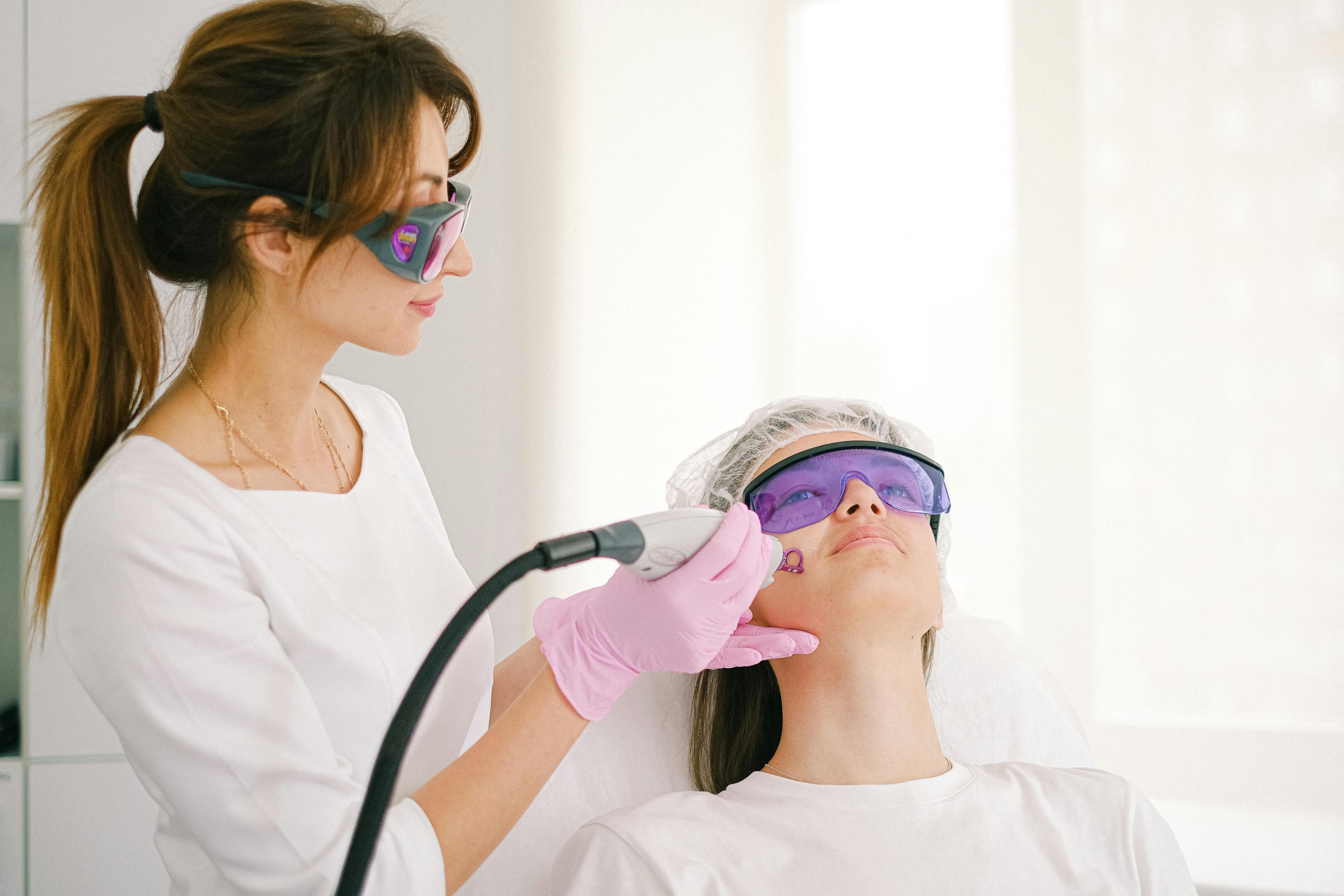Early detection saves lives when it comes to skin cancer. According to Cancer Research UK, over 16,700 new melanoma cases were diagnosed in 2025, making regular screenings essential for protecting your health. When did you last have a professional skin examination? Our experienced dermatologist for skin cancer in Hertfordshire provides comprehensive screenings and expert care, ensuring any concerns are addressed promptly with the latest diagnostic techniques and personalized treatment approaches.
Why Regular Skin Cancer Screenings Matter
Early detection remains the most powerful weapon against skin cancer. When caught in its initial stages, the survival rates for most skin cancers exceed 95%, transforming what could be a serious health concern into a highly treatable condition.
Have you seen this : Revitalize your space with carpet cleaning in southall
The landscape of skin cancer diagnosis has evolved dramatically in recent years. Modern dermatoscopy and digital mapping technologies now allow specialists to identify suspicious changes with unprecedented precision. These advanced techniques enable practitioners to detect abnormalities that might escape the untrained eye, often years before they become visible or symptomatic.
Regular screenings create a comprehensive baseline of your skin’s unique characteristics. This personalised approach means your dermatologist can quickly identify any new or changing lesions during subsequent visits. The familiarity with your skin’s normal patterns makes even subtle changes immediately apparent.
Also read : Top tips for hiring electrical contractors in hertfordshire
Professional skin cancer screenings also provide an invaluable opportunity for preventive education. Your dermatologist can assess your individual risk factors, from skin type to lifestyle, and provide tailored advice on sun protection strategies that fit your daily routine.
The clinical environment is designed to put patients at ease during these important examinations. Understanding that skin checks can feel vulnerable, experienced practitioners create a professional yet comfortable atmosphere that encourages patients to maintain their regular screening schedule without anxiety.
What to Expect During Your Comprehensive Skin Assessment
Understanding what happens during your appointment helps ease any concerns about the examination process. A comprehensive skin assessment follows a systematic approach designed to thoroughly evaluate your skin health while maintaining your comfort and privacy.
Your dermatologist will begin with a detailed discussion about your medical history, current concerns, and any changes you’ve noticed in your skin. This conversation helps identify risk factors and guides the focus of your examination.
- Initial consultation – Discussion of your skin concerns, family history, and sun exposure patterns
- Visual examination – Systematic inspection of your entire body, including areas typically covered by clothing
- Dermatoscopy – Use of a specialized magnifying device to examine suspicious lesions in detail
- Digital documentation – Photographs may be taken of specific areas for monitoring changes over time
- Results discussion – Immediate feedback on findings and recommendations for follow-up care
The entire process is completely non-invasive and typically takes 20-30 minutes. Your dermatologist will explain each step and answer any questions, ensuring you feel informed and comfortable throughout the assessment.
Advanced Treatment Options Available
Modern skin cancer treatment has evolved significantly, offering patients in Hertfordshire access to cutting-edge therapeutic approaches that maximise cure rates while minimising scarring. The choice of treatment depends entirely on the specific type of skin cancer, its location, size, and stage of development.
Mohs micrographic surgery represents the gold standard for treating basal cell carcinomas and squamous cell carcinomas, particularly in cosmetically sensitive areas like the face. This precise technique removes cancer layer by layer, examining each section under a microscope until clear margins are achieved. The result is a cure rate exceeding 99% for primary tumours while preserving maximum healthy tissue.
Cryotherapy offers an excellent option for superficial skin cancers and pre-cancerous lesions. This liquid nitrogen treatment destroys abnormal cells through controlled freezing, making it ideal for patients who cannot undergo surgery or have multiple lesions requiring treatment.
Other advanced options include photodynamic therapy, which uses light-activated drugs to target cancer cells selectively, and topical immunomodulating creams for early-stage superficial cancers. For melanomas, surgical excision remains the primary treatment, often combined with sentinel lymph node biopsy when appropriate.
Experienced dermatologists carefully evaluate each case to recommend the most suitable treatment approach, considering factors like patient age, medical history, and aesthetic concerns to achieve optimal outcomes.
Recognising Early Warning Signs
The ABCDE rule provides a systematic approach to identifying potentially concerning skin changes. Asymmetry occurs when one half of a mole doesn’t match the other, while border irregularity involves uneven, scalloped, or poorly defined edges. Colour variations within the same lesion, particularly multiple shades of brown, black, red, or blue, warrant professional assessment.
Diameter changes are equally significant – any mole larger than 6mm or growing lesions require attention. Evolution represents perhaps the most critical warning sign, encompassing any change in size, shape, colour, elevation, or new symptoms like bleeding, itching, or crusting. These transformations often occur gradually over weeks or months.
Monthly self-examinations enable early detection between professional consultations. Use a full-length mirror and handheld mirror to examine all skin surfaces, including often-overlooked areas like the scalp, between toes, and under nails. Document suspicious lesions with photographs to track changes over time.
Seek urgent consultation for rapidly changing lesions, persistent sores that won’t heal, or any new growth appearing after age 30. Professional dermatological assessment provides definitive evaluation when you notice concerning changes during your regular skin monitoring routine.
Preventive Care and Sun Protection Guidance
Sun protection is your first line of defense against skin cancer. In the British climate, many people underestimate the risks of UV radiation, believing that cloudy days offer natural protection. This misconception can have serious consequences for your skin health.
Each skin type requires a personalized approach. Fair skin needs SPF 50+ protection even on cloudy days, while darker skin benefits from a minimum of SPF 30. Apply generously and reapply every two hours, especially on often-neglected areas such as the ears, neck, and backs of the hands.
Preventive education begins in childhood. Teaching children good sun protection habits—wearing hats, seeking shade during the hottest hours, and applying sunscreen regularly—is a valuable investment in their future health. This educational approach significantly reduces the risk of developing melanoma in adulthood.
Your Questions About Skin Cancer Care
How often should I have a skin cancer check with a dermatologist in Hertfordshire?
Most adults should have annual skin checks. Those with higher risk factors like family history, fair skin, or numerous moles may need screenings every 6 months as recommended by your dermatologist.
What happens during a mole check appointment at a dermatology clinic?
Your dermatologist examines your entire skin surface using specialized equipment. They document any concerning areas, take photographs for monitoring, and discuss findings with you in a comprehensive assessment.
How much does a skin cancer screening cost in Hertfordshire?
Skin cancer screenings typically range from £150-£300 in Hertfordshire. Private consultations offer flexibility in scheduling and comprehensive examination time without NHS waiting periods for peace of mind.
What are the warning signs that I need to see a dermatologist about skin cancer?
Watch for changes in existing moles or new growths. Key warning signs include asymmetry, irregular borders, color variations, diameter over 6mm, or any evolving characteristics in appearance.
Can a dermatologist remove suspicious moles during the same appointment?
Yes, many suspicious lesions can be removed immediately using local anesthetic. Your dermatologist will discuss the procedure, ensure proper biopsy sampling, and provide aftercare instructions during your visit.











